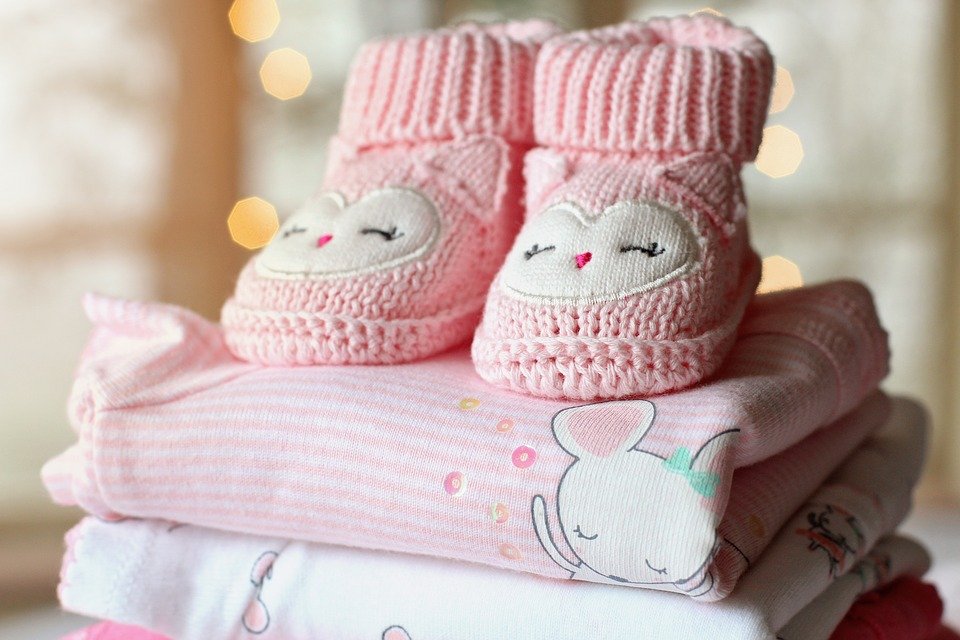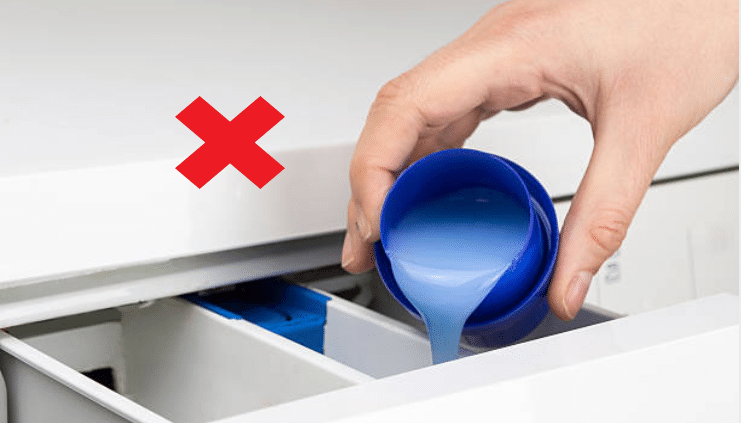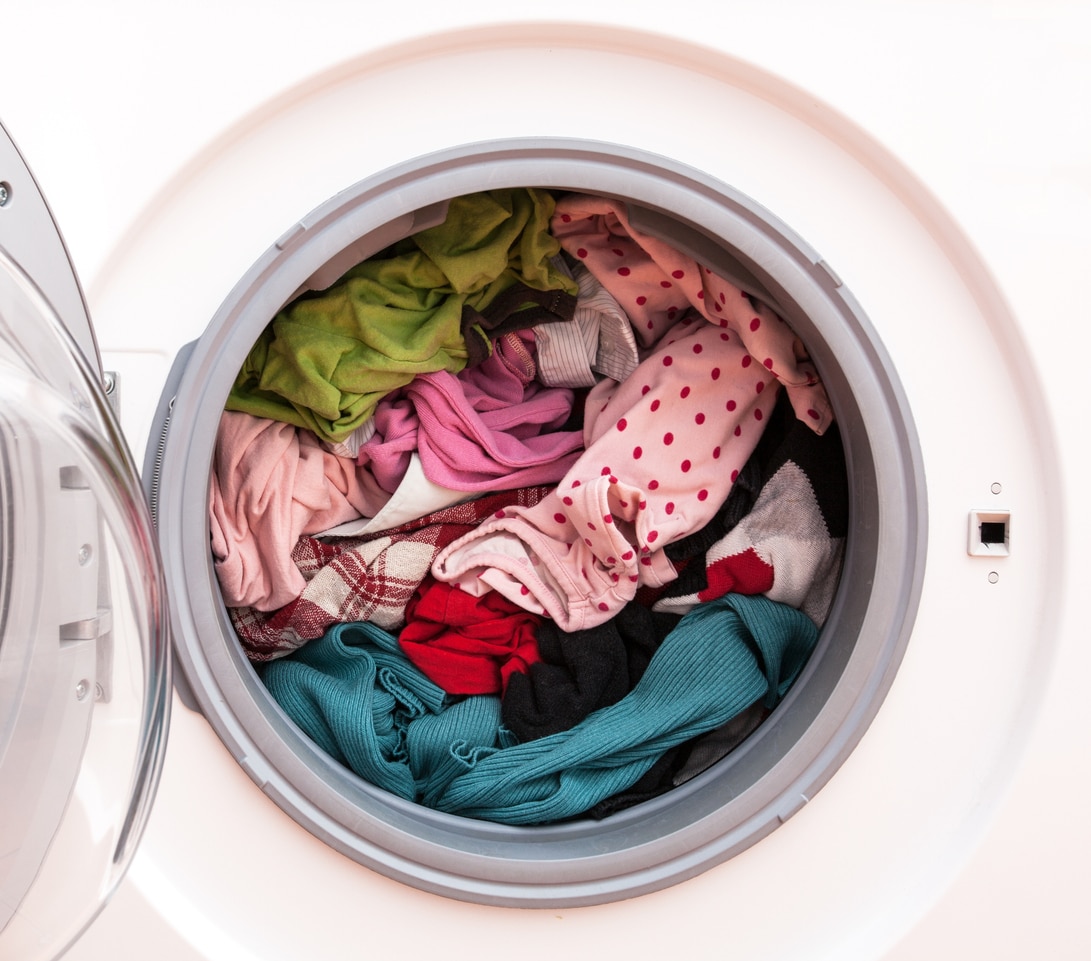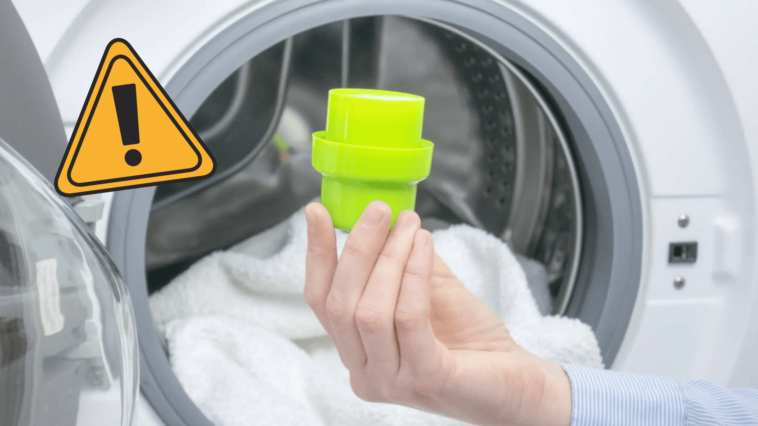Due to its toxicity for health and the environment, we would tend to tell you that the biggest mistake is to use fabric softener altogether! However, this versatile product is a must-have in many people’s laundry areas for scenting clothes, removing static electricity or even saving a felted sweater. However, some very common uses of fabric softener can be very harmful, risking ruining your favorite clothes or household linens if used incorrectly. In this article, we therefore review the mistakes to avoid with your softener can.
Mistake 1: Using fabric softener on towels

We may be tempted to use it on these towels, because it is never very pleasant to have the impression of wiping yourself with sandpaper! The problem is that while this product can indeed guarantee soft and fluffy towels, it can also reduce their absorbent power to zero. To ensure good absorption, some use the dryer. However, this device consumes a lot and not all households can afford to afford it and operate it.
The good economical, very effective and ecological alternative for softening towels is the use of white vinegar, baking soda or vegetable glycerin. In short, it is better to turn to a homemade softener recipe to avoid weighing down the fibers unnecessarily. And above all, don’t stuff too many towels into the drum of the washing machine: friction hardens them enormously!
Mistake 2: Using fabric softener for baby clothes

This product should be banned from baby clothes for multiple reasons. First of all, know that little ones’ clothes are most often made with flame retardant materials. However, the use of fabric softener makes them less effective, and therefore more flammable. Apart from this consideration related to safety, remember that this softener product is very allergenic and irritating. As babies’ skin is particularly fragile, this product can cause severe skin irritation. For clothes like those you wear that will be in contact with your little one (t-shirt, sweater, etc.), always choose a special, very gentle, fragrance-free detergent to complete with a gentle wash in the washing machine. laundry.
Mistake 3: Softening certain fabrics

As mentioned earlier, fabric softener can ruin some fabrics. In addition to flammable towels and clothing, fabric softener is incompatible with microfiber, sportswear, and water-resistant items that become less absorbent. It also does not go well with synthetic fabrics (polyester, elastane, nylon, polyurethane, etc.) which it causes to mold. Apart from these obvious facts, there is a whole host of clothing that is incompatible with its use: velvet, chenille fabrics, terry cloth, linen or fleece. As for wool, mohair and cashmere, just like items filled with feathers, they lose their fluffy texture, become heavier and protect less well from heat with fibers coated with softener.
If you have any doubt, check the clothing label.
Mistake 4: Using too much fabric softener

Too much is too much! In addition to polluting water, excess softener promotes allergies and skin irritations. Added to this is the risk of stains. Indeed, excess detergent risks leave blue or brown stains on laundry. So, even if you want to leave a good smell on the laundry, follow the instructions given regarding the doses. The product is often powerful enough to work well without using three tons! And what’s more, controlling the doses will save you money.
Mistake 5: Pouring liquid directly onto clothes

Unlike stain removers, fabric softener is used exclusively in the machine, poured into the compartment dedicated for this purpose. In addition to being of no use, direct application to clothing leaves greasy and waxy stains that are very difficult to remove from laundry. It is also for this reason that it is essential not to overdo the doses used and to do not overload your device household appliances. The water must be able to circulate to allow the proper dilution and distribution of your detergents and softeners. In addition, the laundry will be much less wrinkled and much softer thanks to the friction thus avoided.


